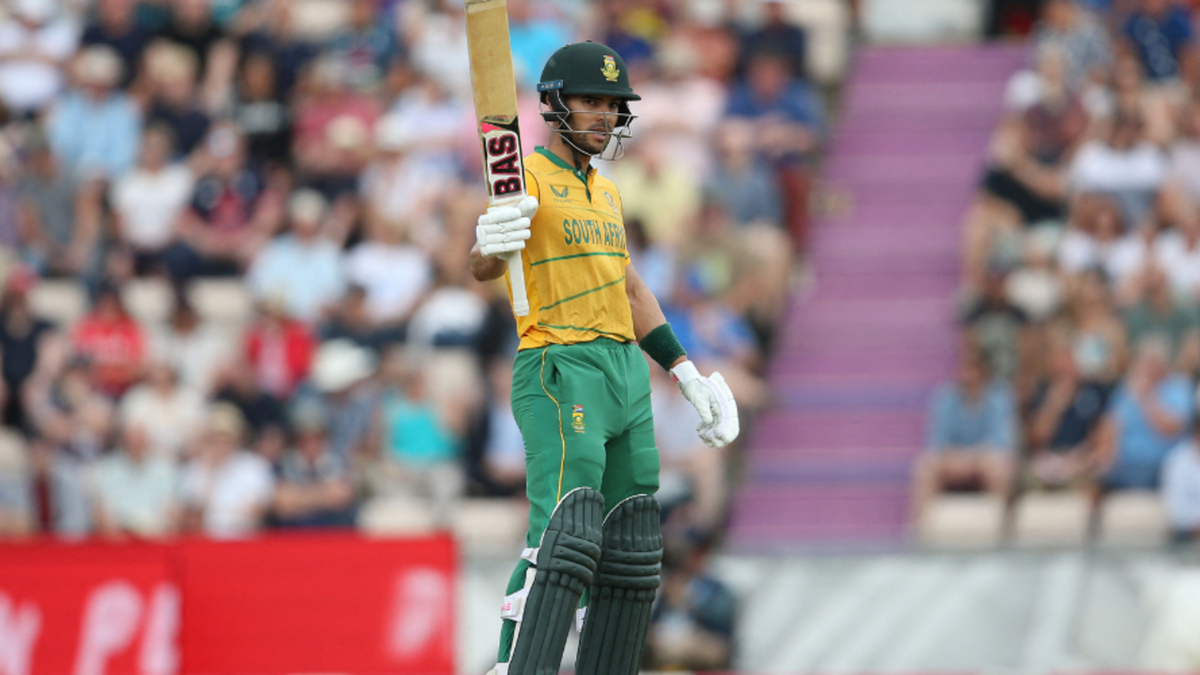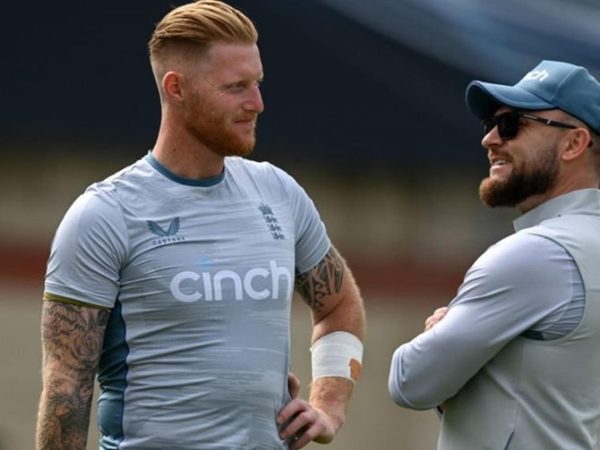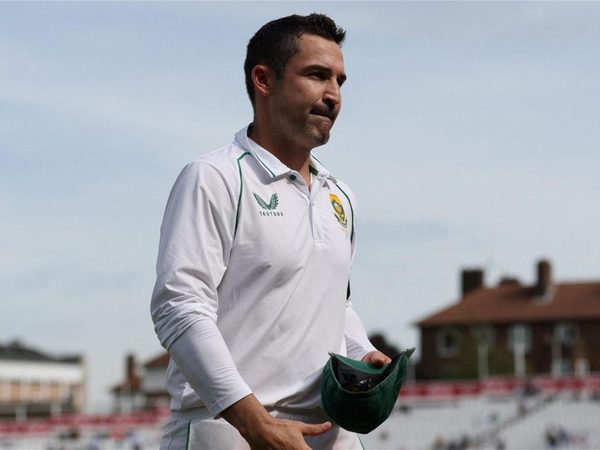
Temba Bavuma remains South Africa’s designated T20I skipper but Reeza Hendricks’ form this summer might spell trouble for Bavuma, writes Shashwat Kumar.
Ever since being appointed the Proteas’ white-ball captain in March 2021, there have been murmurs around Bavuma’s suitability to ODI and T20I cricket. In ODIs, he has silenced those to an extent, having scored 387 runs at an average of 38.7. But in the shortest format, his numbers have been far from inspiring – a tally of 313 runs at an average of 22.35 and a strike rate of 112.18 isn’t befitting of a top-drawer T20I opener.
With Bavuma being a charismatic leader, South Africa have tended to look the other way. His captaincy is pretty good. However, as the Proteas look to seriously challenge at the upcoming T20 World Cup, you begin to wonder how far they can stretch this particular rope, especially if someone like Hendricks keeps knocking at that door.
For context, Hendricks, much like Bavuma, doesn’t have world-beating T20I numbers, but he has just come off the back of a seriously impressive series against T20 World Cup contenders, England. Throughout his T20I career, the right-handed batter has struck at 119.02 in the powerplay. In 2022, that number has gone up to 147.22. Against England, he amassed 79 runs in three innings at a strike rate of 161.22.
If they bowled outside off stump, he would either drive, punch or cut, based on the length. A gifted timer of the ball, he is excellent off his pads, regularly using his wrists to whip the ball over the mid-wicket and square leg region.
The most impressive part of his resurgence, though, has been his ability to pick and choose his match-ups. During his career, he has struggled against spin, with his strike rate and dot ball percentage sitting at 123.27 and 29.57 respectively. He would often get stuck against spin but that too is something that has improved. His dot-ball percentage has come down to 24.85, meaning that he has been able to rotate strike more efficiently and hasn’t been forced to take as many risks. Hendricks’ strike rate against spin, unsurprisingly, has shot up to a much more respectable 131.95
There is a similar trend against pace, too – he is scoring at a quicker rate against all types of bowling. This is not something that has been especially evident in Bavuma’s game in recent times. Since he was appointed South Africa’s T20I captain, he has batted more than 20 balls in an innings on six occasions but has scored at a strike rate of 140 or more only once. Hendricks, in comparison, did that three times from three knocks during the England series alone.
From a pure batting perspective, it makes sense for South Africa to persist with Hendricks. The abundance of middle order options currently available to South Africa, exacerbated by Tristan Stubb’s recent emergence, means that there is little room elsewhere in the team.
Hendricks has already played 46 T20Is for South Africa, only averaging a tick over 28.5 and striking a shade over 125. What forced the Proteas and previous skippers to keep going back to him, though, was his unquestionable talent. The way he cover drove, the manner in which he punched off the back foot, the audacity of some of the short-arm jabbed pulls.
It’s always been there. It’s just that he’s now performing as often as South Africa would have initially hoped and is making a very compelling case to be a permanent fixture in their first-choice T20I side ahead of their current captain.








